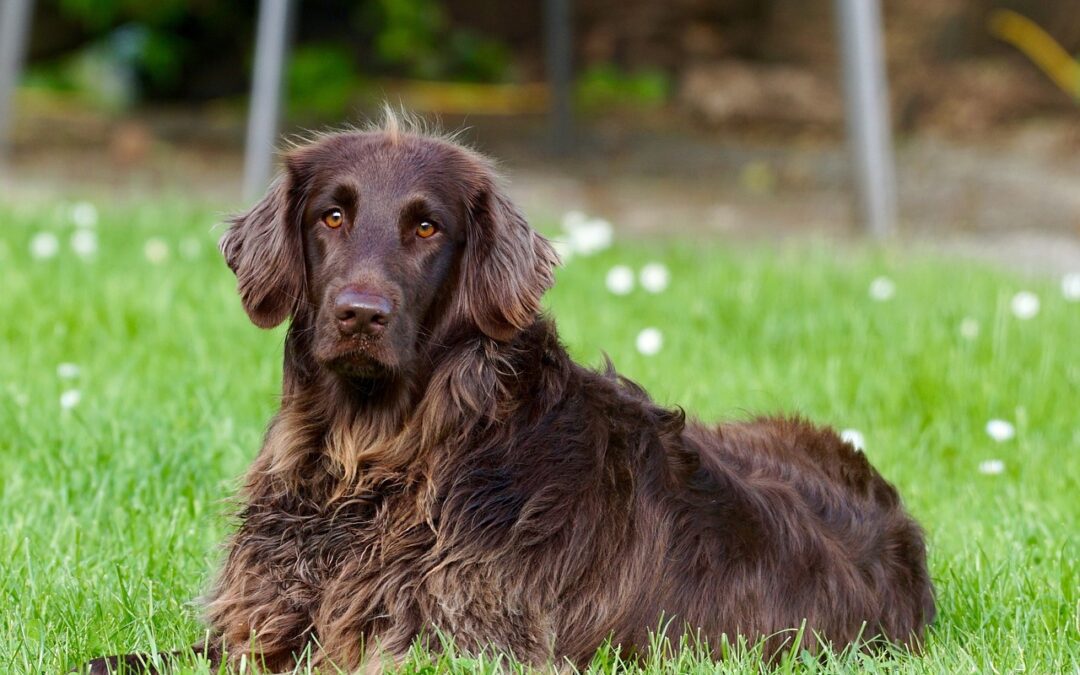What Causes Cranial Cruciate Ligament Tears in Pets?
You probably cringe when you see an athlete fall while you’re watching a sporting event and clutch their knee. You are aware that they most likely tore their anterior cruciate ligament (ACL), a vital ligament in charge of stabilizing the knee.
Did you know that the same knee ligament can also be torn in a pet? Although the cranial cruciate ligament (CCL) is a different name for the same issue, it still exists.
What is a cranial cruciate ligament tear in pets?
The cranial cruciate ligament, which connects the thigh bone (i.e., femur) to the shin bone (i.e., tibia), is essential for stabilizing the knee joint. When the CCL ruptures or tears, the shin thrusts forward away from the femur as your pet walks, causing instability and discomfort.
How does the cranial cruciate ligament become damaged in pets?
A multitude of factors contribute to a CCL rupture or tear in pets, including:
- Ligament degeneration
- Obesity
- Poor physical condition
- Genetics
- Skeletal shape and configuration
- Breed
Instead of being the result of an immediate injury to a healthy ligament, CCL rupture typically happens as a result of the ligament slowly deteriorating over months or years.
What are signs of a cranial cruciate ligament tear in pets?
It can be difficult for pet owners to decide whether their animal needs veterinary care because a CCL tear, especially a partial tear, can result in symptoms of varying severity. But if your pet exhibits any of the following symptoms of a CCL rupture, you must make an appointment with our staff right away:
- Pain
- Stiffness
- Lameness on a hind leg
- Difficulty standing after sitting
- Difficulty during the process of sitting
- Difficulty jumping into the car or on furniture
- Decreased activity level
- Muscle atrophy in the affected leg
- Decreased range of motion in the knee
How can a torn cranial cruciate ligament be repaired?
The degree of knee instability, size, age, and level of activity of your pet’s knee will all affect how the torn CCL is treated. As an osteotomy- or suture-based technique is the only way to permanently manage the instability, surgery is typically the best option. Medical management, however, might also be an option.
Your pet may have torn their cranial cruciate ligament if they limp on one of their hind legs. Call our staff to arrange an orthopedic examination.

